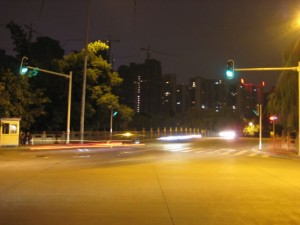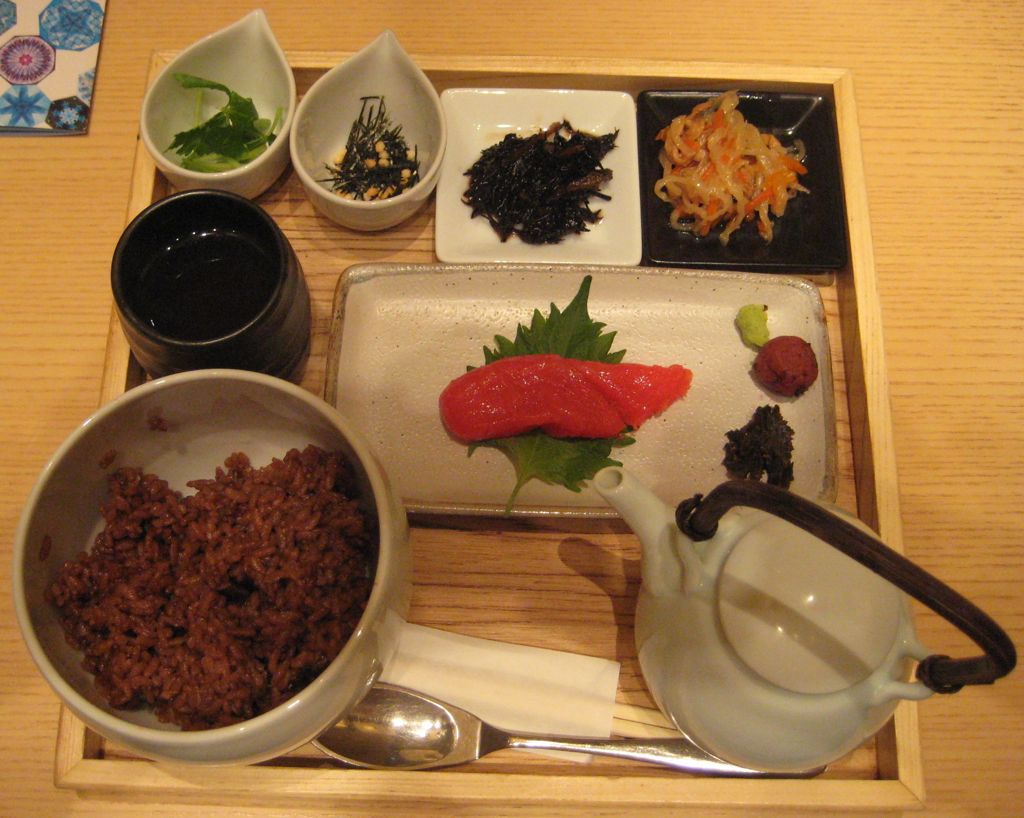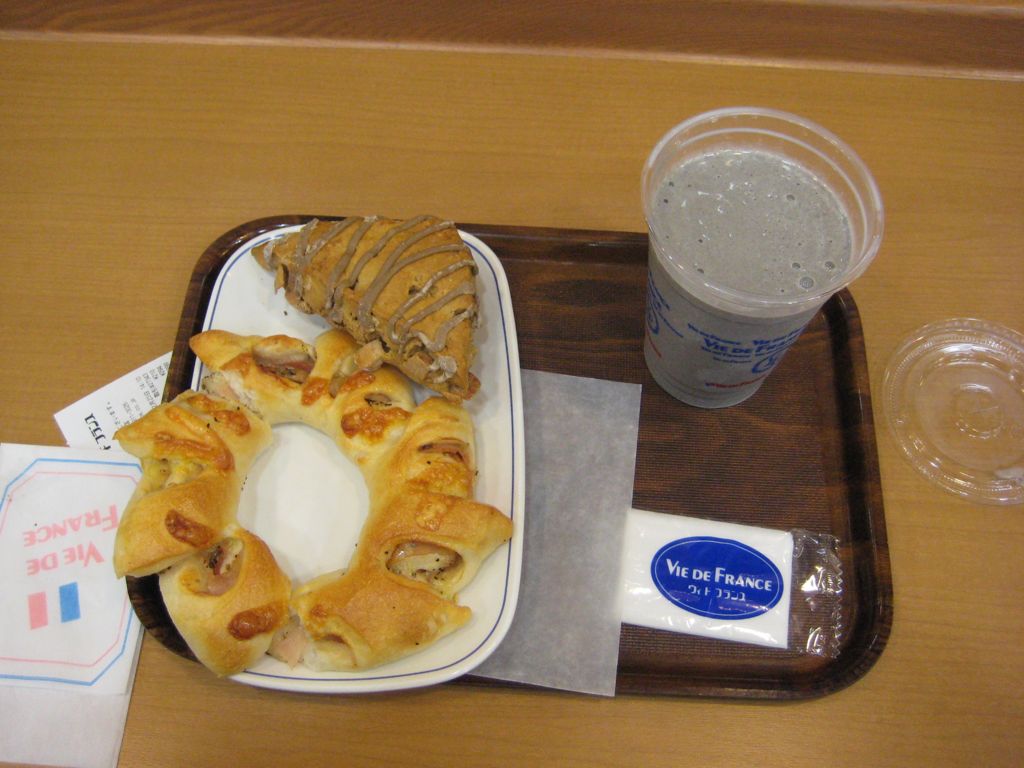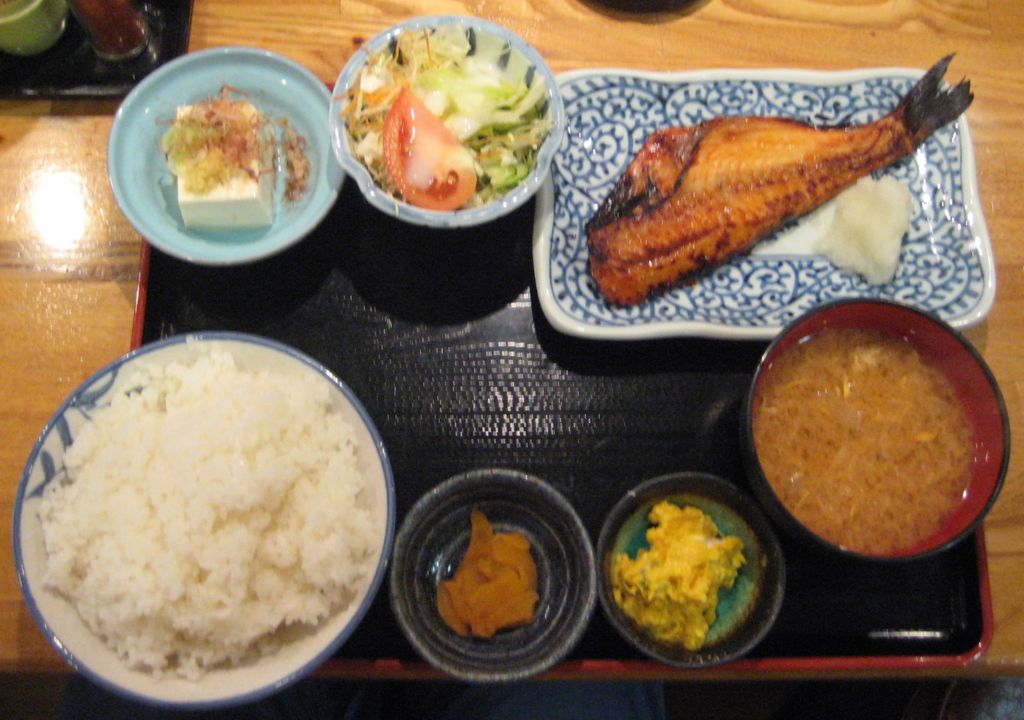The following was written by my father’s wife, Cindy…
JASON A GOTTLIEB
June 5, 1932 – October 14, 2011
Jason passed away peacefully with family and friends by his side, while he listened to jazz, on Friday evening October 14, 2011.
Born in Boston, MA, he attended English High School of Boston, the first public high school in America. He then attended Boston University, graduating with a major in Psychology and minor in History. After receiving his B.A., he joined the Army, serving in Germany from 1953 to 1955, stationed at Bad Kreuznach, 20th Army Hospital Kaserne, where he met Alberto, his commanding officer.
Upon arrival in Germany, the Army had put Jason in a motor pool doing mechanical work. He went to Alberto, asking if, as a college graduate, could he possibly be used in a capacity other than as a “Grease Monkey.” A position was created for him as a Social Work Assistant. Jason was awarded three medals: Army of Occupation, Good Conduct, and National Defense Service Medal. Upon discharge, with the aid of the G.I. Bill, he attended Boston University School of Law, graduating in June of 1958. He moved to California after law school and worked for over 50 years at the law firm of Rose, Klein and Marias.
One of his partners, Howard, said Jason was indeed a renaissance man. “He had an encyclopedic knowledge that was diverse and covered information dealing with subjects such as World War II, jazz, movies, food, travel; you name it, and Jay knew something about it”.
He was unquestionably one of the most gifted joke tellers one would encounter. He was a real people person. He had a capacity to listen and be responsive to people who confided in him.
Jason had a passion for living; we hunted with his friend Bill in the U.S., with Alaska being a favorite, and also in South Africa. He was a private pilot and some of the best memories will be of the time we shared flying airplanes. He also loved to ride both his Harley Road King and Buell XB12S motorcycles. He snow-skied, and was known to say, before each downhill run, “I feel the need for speed.” His grandson Ryan stated, “I don’t think there are too many funny, intelligent, roller coaster loving, gun shooting grandfathers out there who have raised such amazing children. Papa Jay, you will be missed”.
Phyllis, his first wife, says he was a “compendium of trivia.” He could quote any movie line and as his law partner, Marvin, said on Facebook, “Here’s lookin’ at you, Kid.” His love of jazz made his daughter, Cathy, say “Let the trumpets play.” Jim, his son, joked that he had five glorious weeks with his MacBook Air, but didn’t stick around long enough to take delivery of his first iPhone. Learning to use a computer at the age of 60, and then switching from Windows to a Mac at 79, he loved the time he spent on his computers; a new stage for learning, exploration, and communicating with others.
Jason was a lover of dogs, and was best friend to many during his lifetime. Now he is with all who passed before him, including the bird-hunting dogs Rigby and Johnny. Jason always enjoyed coming home to his Jake, Sammie, Shiba, and Kipper.
He shared a deep bond of friendship with Ron and Jane that was based on love and respect, shared interests, robust conversation, and so many good times together. They shared good books, great jokes, aviation stories, motorcycle rides, world travel, and new puppies. Together Ron and Jason sought out and ultimately found the perfect spot for their forever view of Bass Lake.
Jason was loved, and his wisdom, wit, laughter, and love will be missed by literally hundreds of people.
He was a loving father to Cathy and Jim and husband to their mother, Phyllis. Papa Jay was a loving grandfather to Brandon, Ryan, and Sawyer and he will always be with them. As son-in-law, Mark, said, “If laughter was a currency, he was rich beyond riches.” He was a great brother to Veda, uncle to Hope, Barry and Michael, Mary and Ashley; Uncle J.J. to Kelli, Randy, Carly and Cooper, who said “we will always remember the great times,” and brother-in-law to Karen and Jay. He loved and was loved by all of the dogs throughout our extended family.
Jason was the love of my life and my best friend. We met 35 years ago and celebrated our 30th wedding anniversary on October 3rd. It has been a great run. We both treasured every day together, and reminded each other each day of our fortune to have met.
Sleep well my Love, and let the music play. Forever yours, Cinders
Memorial Donations to honor Jason can be made to Canine Companions for Independence, or to The Special Olympics.
A celebration of life will be held at a later date.
 Comments(0)
Comments(0)






